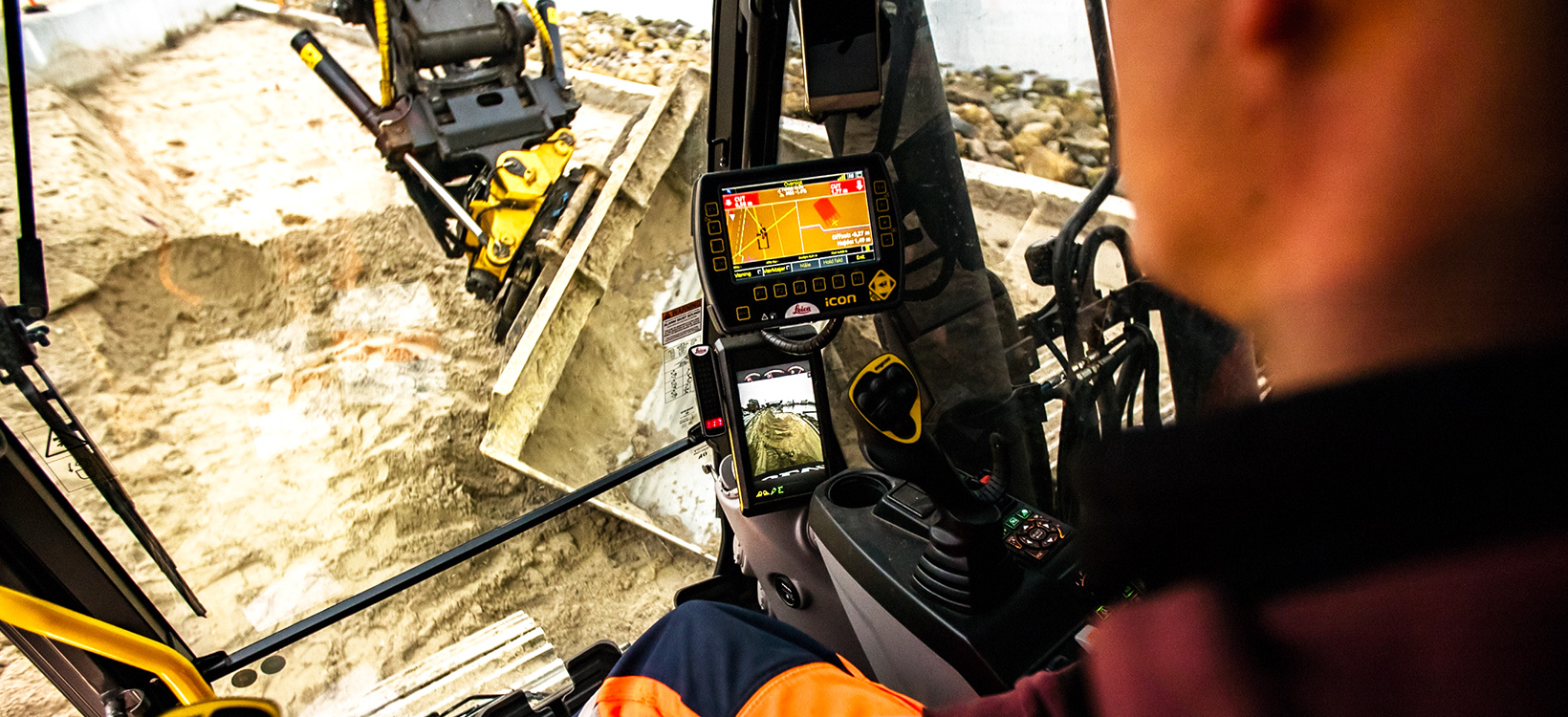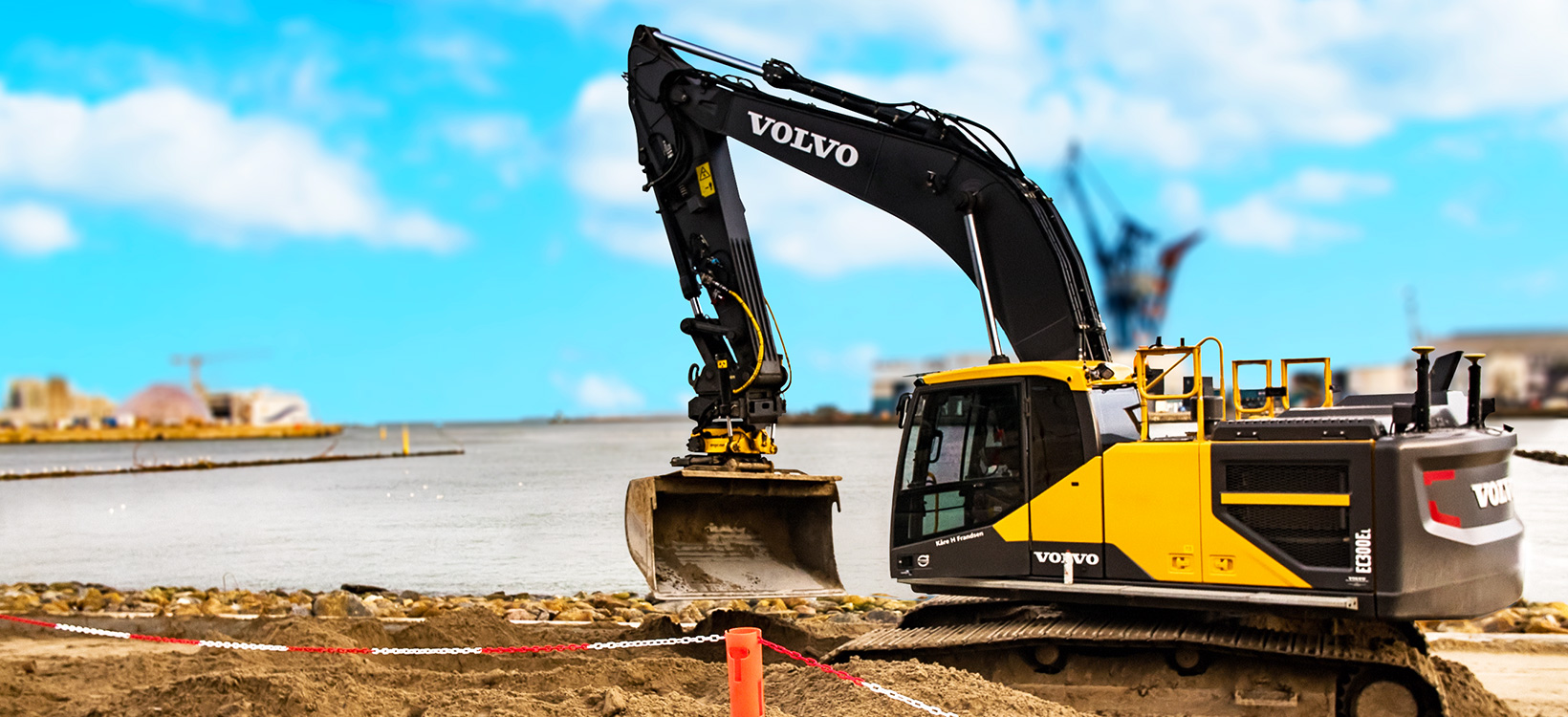From Harbourscape to cityscape

Harbours have always shaped the development of the urban landscape of harbour cities and have been the centre of commercial, industrial and sometimes also military activities.
During industrialisation, many large heavy industry enterprises were built on the harbour area, but since the 1960s, goods are to a large extent transported by container ships. These require new high-capacity container ports, and many of the large industrial manufacturers have gradually moved away from the harbour areas, leaving the spaces abandoned and decaying.
Today, one of the main tasks of urban planning is therefore to transform harbour wastelands into urban space and recreational areas with a view of preserving the industrial heritage and the harbour’s environment. The reintegration of disused harbours into attractive urban space takes place all over the world, for instance in San Francisco, USA, in Marseille, France and the “Hafencity” in Hamburg, Germany.
Aarhus Docklands

The Urban Mediaspace Aarhus construction project is part of the transformation of Aarhus inner harbour from industrial harbour to urban space. One of the purposes of this 270 million Euros project is to generate coherence between the city and the waterfront. The project consists of a number of elements: Dokk1 public library and culture centre (opened in June 2015), waterfront spaces, automatic car park, opening of the remaining part of Aarhus River, restructuring the infrastructure of the harbour, and climate protection of the city centre.
The project will have great influence on the harbour area and urban life. The area is convenient for Aarhus city centre, Aarhus Cathedral, the pedestrian zone and the river surroundings. This makes Urban Mediaspace Aarhus and the new waterfront spaces a natural meeting point and excursion spot.
Kølkær Entreprenør has been working on the project for 3.5 years. The 1.35 million Euros enterprise comprises for earth moving activities for cabling, sewerage and drainage work.
Kaare Kølkær from Kølkær Entreprenør has been working with the iXE 3D excavator solution from Leica Geosystems for the entire project.
“The Urban Mediaspace Aarhus construction project has been very different from the jobs we normally perform,” said Kølkær. “It has been interesting and very complex to work on a city renovation job like this. Sometimes there has been no documentation of old sewers, foundations and pipes because we are working in an old harbour, and we have experienced many unforeseen incidents when we started digging.”
Kølkær says that the GPS signal has worked very well even among the tall buildings.
“We could even set off for wells using the GPS. We have only used the total station when we worked in very narrow alleys,” says Kølkær.
Good use of the log system
Another challenge has been working so close to the water table. On January 3, 2017, a storm caused the so-called 100-year flood in Denmark with unusual high water levels. Kølkær had worked on a dam that was completely washed away.
“I made good use of the Leica iEX 3D solution’s logging system, so that I could quickly rebuild my work on the dam,” said Kølkær.
All in all, the logging function has been very useful on this particular project.
“A project like this is not very fast moving. There have been long periods of waiting for other companies to complete their tasks. The area has not been closed for traffic, and the work has been done in small steps. Sometimes I have not worked here for a month, and I can’t remember everything, so the log function has been of great help for me on such a large project that extends over several years,” said Kølkær.
Aarhus 2017 European Capital of Culture
Dokk1 and Aarhus Harbour were at the very centre of the spectacular opening ceremony of Aarhus as European Capital of Culture 2017 took place 21 January 2017. Celebrating the city’s Viking heritage founded around the natural harbour in the 8th century and up till today, where Aarhus harbour will play a new important role in Denmark’s second-largest city.





























